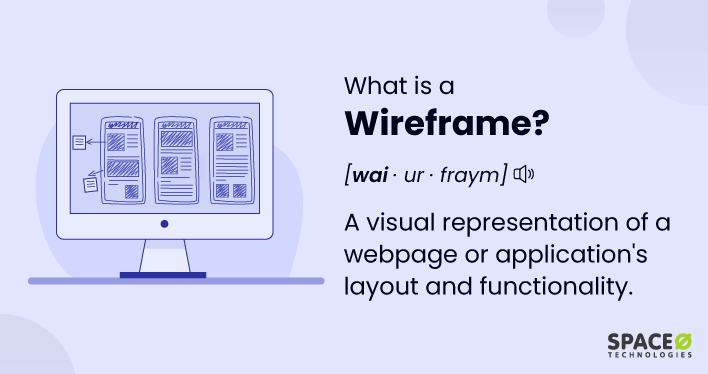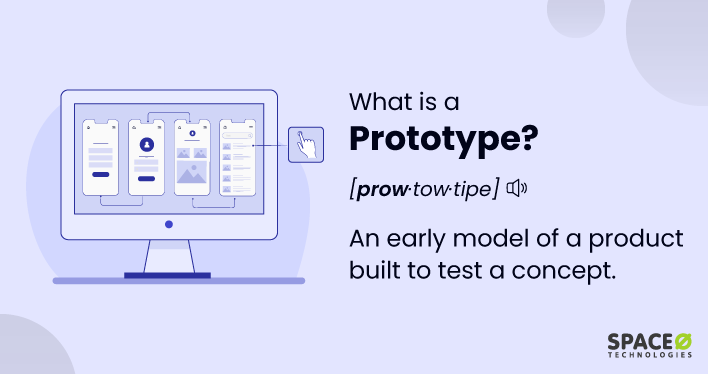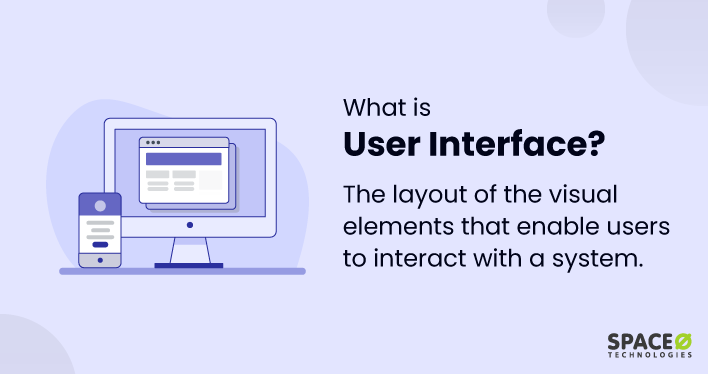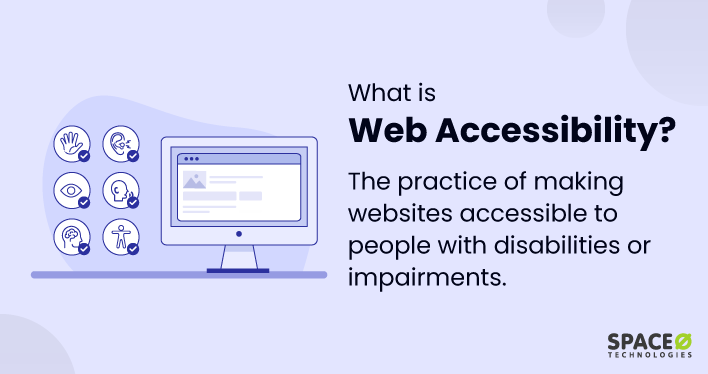Table of Contents
What is a Wireframe?
A wireframe is a visual representation or a low-fidelity blueprint of a website, application, or user interface design. Wireframes serve as a basic outline of the interface and help the business analyst to experiment with different layouts.
Wireframes can be created on paper or using specialized wireframing tools like Adobe and Balsamiq. It includes simple shapes and lines to represent different page elements of the interface, such as buttons, text fields, and menus.
Overall, wireframing is the process of creating wireframes, which involves creating a basic outline of the interface and experimenting with different layouts before investing time and resources into high-fidelity design elements.
What are the Types of Wireframes?
Wireframing is important for several reasons. Here we have showcased 4 reasons to showcase the importance of wireframes.
- Helps to Experiment with Different Design Ideas
Wireframing is an effective way to experiment with different design concepts before investing time and resources into high-fidelity design elements. By creating a low-fidelity representation of the user interfaces, business analysts can focus on the basic layout and structure of the design, which is the most important aspect of the design. - Offers a Low-risk Way to Test Design Concepts
Wireframes are a low-cost, low-risk way to test different design concepts and identify potential issues before moving on to more detailed design work. This helps to save time and resources that could have been wasted on developing a design that does not meet the user’s needs. - Ensures the Design is Focused on the User’s Needs
Wireframing enables business analysts to focus on the core visual elements of the design, such as navigation and information architecture, without getting distracted by aesthetic details. This helps to ensure that the UI design is focused on the user’s needs and goals. - Useful for Communicating Ideas and Gathering Feedback
Wireframes provide a clear and concise representation of the design that can be used to communicate ideas and gather user feedback. This helps to ensure that everyone involved in the wireframing development process is on the same page and that the final design meets the needs of all stakeholders.
Wireframing is a key component in the design process for web and mobile applications, ensuring that designs are user-centric and goal-oriented. In the design process, a crucial element is the application of information architecture (IA) principles. IA focuses on organizing, structuring, and labeling information effectively and sustainably, making it integral to designing intuitive and efficient navigation systems.
A well-designed IA helps the BA team to understand where and how elements should be organized within the layout. If you want to know more about information architecture, here is the definition of information architecture. This will help you understand significance of IA and
Wireframing is an essential step in the design process of web and mobile applications. It helps to ensure that the design is focused on the user’s goals.
What are the Types of Wireframes?
Here are the 3 main types of wireframe:
- Low-fidelity Wireframes: These are basic wireframes that are used to create a rough outline of the design. They are often hand-drawn or created using simple software tools, and they do not include any design elements such as color, typography, or images.
Example: A low-fidelity wireframe of a website homepage might consist of simple boxes and lines to represent different elements, such as the logo, navigation menu, and content area.
- Mid-fidelity Wireframes: Creating wireframes involves the use of specialized wireframing software tools to design a more detailed representation than low-fidelity wireframes. These wireframes include basic typography and color schemes, and may also feature interactive elements to enhance the user experience.
Example: A mid-fidelity wireframe of a mobile app includes basic design elements such as font styles, colors, and icons, as well as interactive elements such as buttons and dropdown menus.
- High-fidelity Wireframes: These wireframes are the most detailed and realistic wireframes, and they often include all visual design elements such as typography, color, images, and showing interactive features. They are created using specialized software tools such as Adobe XD or Sketch, and they closely resemble the final product. High-fidelity wireframes are typically used in the later stages of the design process when more detailed feedback is required.
These wireframes serve as a bridge between initial design ideas and the prototyping phase, which is where the design becomes interactive and ready for user testing. The shift from high-fidelity wireframes to prototyping is a crucial stage in the design process. To understand better, you might want to know in detail about prototyping. Check this article to know the meaning of prototype. Reading this you will know the definition and importance of prototypes.
Example: A high-fidelity wireframe of an e-commerce website might include detailed design elements such as product images, customized fonts and color schemes, and interactive features.
7 Best Practices for Wireframing
Check out the below 7 best practices to create wireframes
- Clearly define project goals before starting to create wireframes.
- Focus on the layout and basic structure of the interface when wireframing.
- Use simple shapes and placeholders to represent different elements of the interface.
- Maintain consistency in interface elements such as font styles and colors throughout the wireframes.
- Continuously test and refine wireframes to ensure they meet the user and business needs.
- Collaborate with other team members and communicate effectively to gather feedback on wireframes.
- Remember that wireframes are a tool for exploring and experimenting with visual design concepts, not a final product.
Wireframing is a crucial step in the design phase that allows for experimentation with different design concepts. It ensures that focus is on the user’s needs, and offers a low-risk way to test design ideas. Following best practices such as maintaining consistency and collaborating effectively can help ensure successful wireframes.






